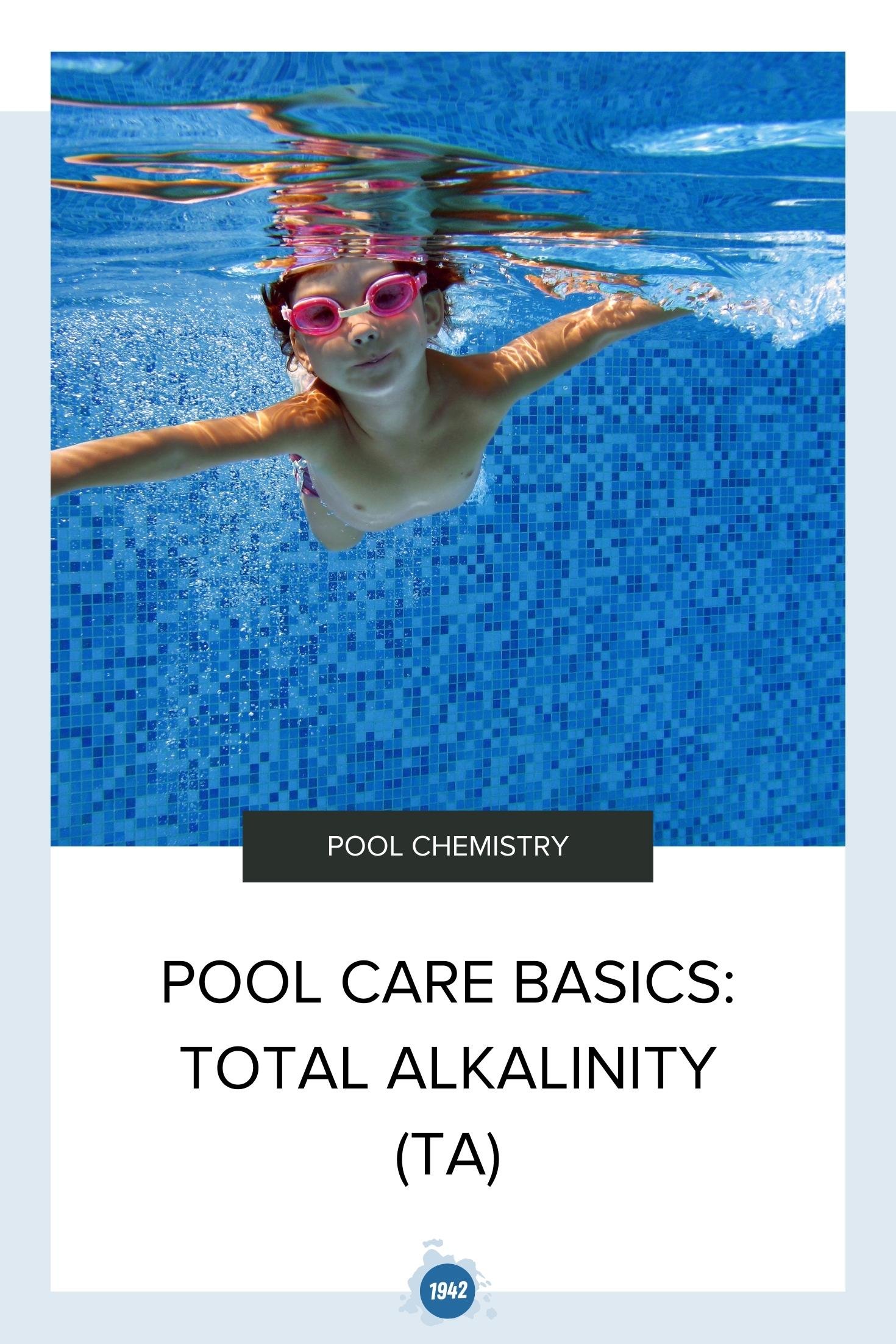POOL CARE BASICS: TOTAL ALKALINITY (TA)
Target Range: 80 - 120 ppm
Total Alkalinity (TA) is the total amount of alkaline materials present in the water. Also called the buffering capacity of the water. It is the water’s resistance to change in pH.
The key purpose of Total Alkalinity is to help manage or control the pH in the pool. Essentially, it stabilizes the pH and keeps the pH from "bouncing" all over the place.
(Bouncing is where the pH can drop drastically and then spike suddenly repeatedly over many cycles)
Total Alkalinity serves as a buffer so that when materials are added to a pool that would cause the pH to go up or down, like rainwater, wind-blown dust & dirt, even swimmers, these changes are controlled, and do not result in severe changes to pool water balance.
Low Alkalinity (under 80) will cause the pH to swing up and down rather wildly and will absolutely damage the pool or equipment over time. The water becomes “hungry” and attempts to balance itself.
Some of the damage that can occur as a result of Low Alkalinity:
Concrete can stain and become etched.
Grout & stone surfaces can etch and deteriorate over time. Surfaces which are originally smooth begin to develop grooves, cracks, and become rough to the touch.
Plastered surfaces can delaminate.
Metals can corrode. Everything from pool ladders, light housings, handrails, screws, and other hardware can corrode when exposed to low alkalinity water. Not only hardware and accessories but pump motors, metal pipes, valves, and heat exchangers can also corrode. This corrosion not only can ruin your equipment but can lead to metals being present in your water.
Vinyl & fiberglass staining. Fiberglass and vinyl-lined pools are also in danger of staining, due to the metal corrosion previously described.
High Alkalinity (over 120) usually causes the water to cloud up because the water is oversaturated and there is only so much material that it can absorb.
Some of the damage that can occur as a result of High Alkalinity:
Cloudy/ murky pool water. Swimming pool water with high alkalinity allows for calcium and other minerals to come out of solution far easier. These elements will float freely in the water, causing the water to turn cloudy and uninviting.
Water scale on pool surfaces. Water scale can form on pool walls and floors, especially at the surface of the water. The insides of pool equipment can also become clogged with water scale.
Clogged and ineffective filtering. Filters can also clog with water scale, and lose their ability to filter particles while letting water through.
Reduced water circulation. Clogged pipes and filters can result in reduced water circulation. Swimming pools depend on adequate water circulation to filter out contaminants and prevent organics like algae from becoming established.
pH level is resistant to change. Changes to acidity and pH are prevented by the high alkaline level of the water.
Keeping your swimming pool alkalinity in-check goes a long way to maintaining a healthy and balanced swimming pool to be enjoyed by everyone, but remember when learning about how to keep your pool water chemically balanced, it's essential to not only look at the individual components but also how they are interdependent.

